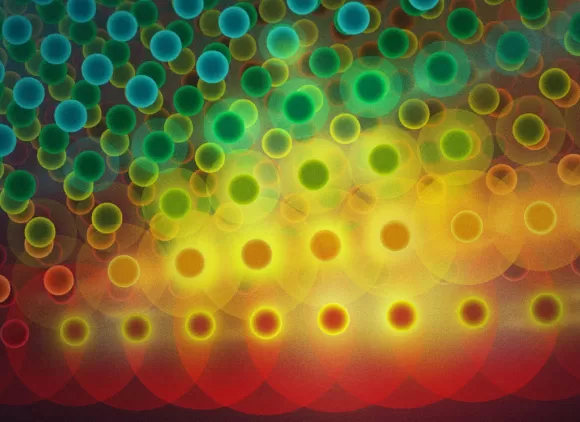About the series
PROFESSOR ANDREA GHEZ
University of California, Los Angeles
ABSTRACT
The proximity of the center of our Galaxy has presented us with a unique opportunity to study a galactic nucleus with higher spatial resolution than can be brought to bear on any other galaxy. This advantage, along with the recent advances in imaging technologies, has allowed the first observations of individual stars at the very heart of a galaxy. After more than a decade, such observations have transformed the case for a supermassive black hole at the Galactic center from a possibility to a certainty, thanks to measurements of individual stellar orbits. The rapidity with which these stars move on small-scale orbits indicates that 4 million times the mass of the sun resides within a region comparable to the size of our solar system and provides the best evidence yet that supermassive black holes do exist in the Universe. Subsequent high-resolution imaging studies have revealed an abundance of young stars in a region that is inhospitable to star formation and, conversely, a dearth of old stars. Further improvements in measurement precision should enable tests of Einstein’s theory of General Relativity in the extreme environment near a supermassive black hole.
BIOGRAPHICAL INFORMATION:
Please see http://www.astro.ucla.edu/~ghez/


